On February 4, an article titled “High-strength scalable graphene sheets by freezing stretch-induced alignment” was published in Nature Material online. The cut-edging research was collaborated by Prof.Cheng Qunfeng’s research group which is led by the prominent academician Jiang Lei from Beihang University and Academician Ray H. Baughman’s research group from the University of Texas at Dallas. Dr. Wan Sijie, Dr. Chen Ying and Prof. Fang Shaoli are the co-first authors. Academician Ray H. Baughman and Prof. Cheng Qunfeng are the co-corresponding authors.
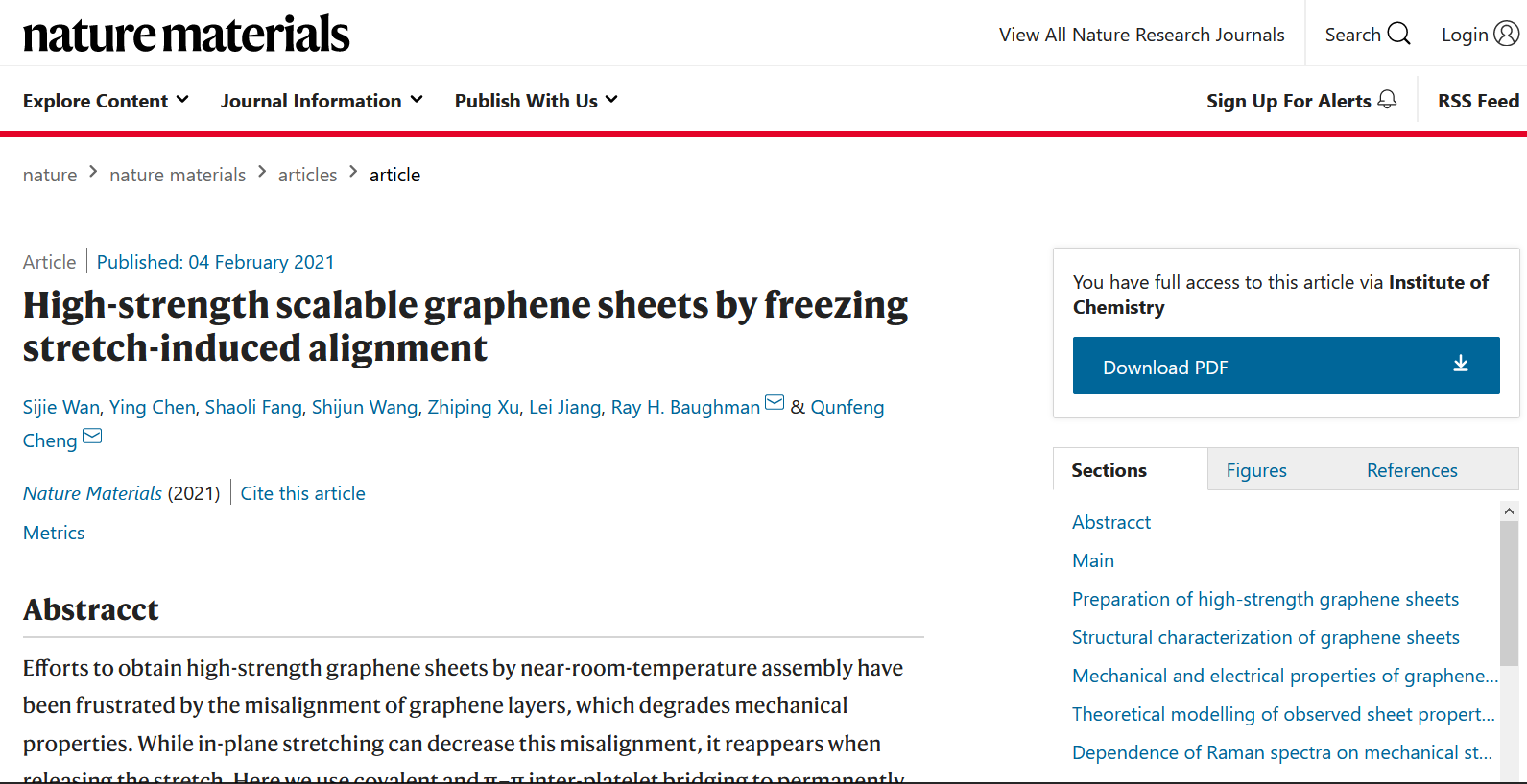
With remarkable mechanical and electrical properties, graphene is an ideal material for the construction of aircraft’s integrated components, such as the skin for miniature unmanned aerial vehicle. Therefore, how to assemble graphene nanosheets into macroscopic high-performance nanocomposites is a huge challenge in this field. Two difficulties emerge in the process: (1) misalignment within a platelet and between different platelets and (2) the resulting poor stress transfer.
To address these problems, Prof. Cheng Qunfeng’s research group and Academician Ray H. Baughman’s group cooperated with each other and proposed a new fabrication method: sequential bridging during stretch-induced biaxial orientation, which can produce sequentially bridged (SB), biaxially stretched (BS) rGO sheets (called SB-BS-rGO sheets) with a high in-plane tensile strength (Fig. 1a). The method reveals the theory about freezing stretch-induced alignment and makes contribution to solving the two critical problems in the research. The structural model for the resulting SB-BS-rGO sheet is shown in Fig. 1b. The fabrication method also inspires new ideas about macro assembly of 2D nanosheets.
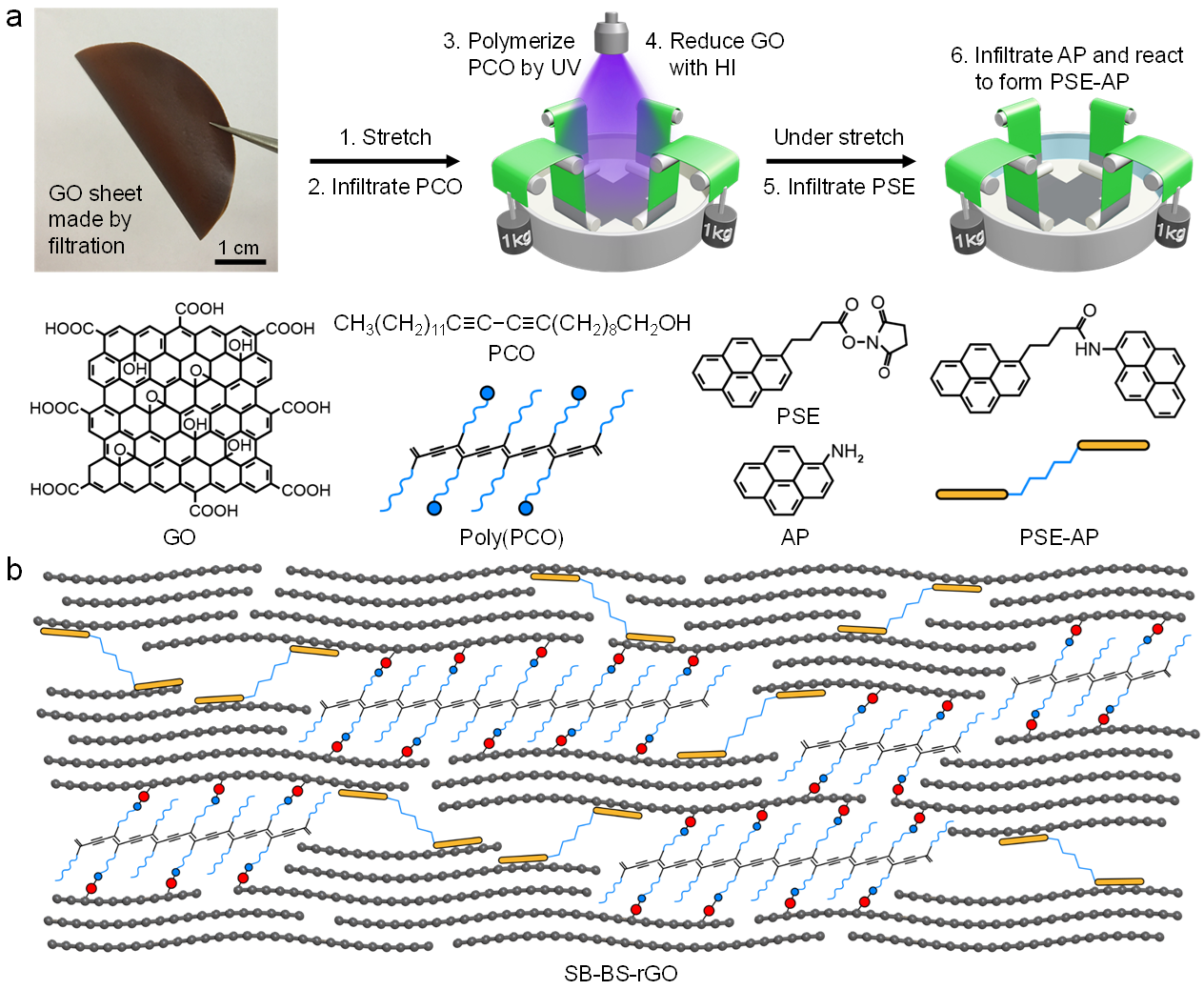
Fig. 1 Schematic illustration of the fabrication process and the structure of a SB-BS-rGO sheet
The group members firstly found that scanning electron microscope (SEM) and transmission electron microscope images for the rGO sheets show numerous large-scale voids between graphene platelets (Figs. 2a–c). Besides, while in-plane stretching can decrease the misalignment of graphene nanosheets, it reappears when releasing the stretch. The researchers, therefore, use sequential bridging to permanently freeze stretch-induced alignment of graphene sheets, and thereby enhance the alignment and compactness of graphene platelets. As shown in Figs. 2b and 2c, the SB-BS-rGO sheets show highly compact graphene platelet stacking. Wide-angle X-ray scattering results (Figs. 2d and 2e) have also verified the above conclusion.
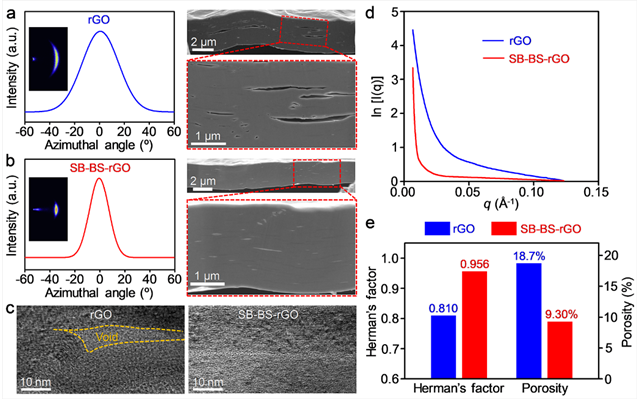
Fig. 2 Structural characterization of a rGO sheet and a SB-BS-rGO sheet
Enhancing alignment and compactness of graphene platelets and improving inter-platelet interactions means SB-BS-rGO sheets enjoy higher mechanical and electrical properties compared with rGO sheets (Figs. 3a and 3b). The SB-BS-rGO sheets have a tensile strength of 1.55 GPa, a Young’s modulus of 64.5 GPa, a toughness of 35.9 MJ/m3, an electrical conductivity of 1394S/cm, and an electromagnetic shield factor of 39.0 dB (the thickness of sheets is 2.8 μm), which are 3.6, 10.6, 3.3, 1.5 and 1.5 times that for rGO sheets. The tensile strength and toughness of SB-BS-rGO dramatically exceeds those of commercially available carbon fibre fabric composites (Fig. 3c). Besides that, compared with carbon fibre fabric composites, SB-BS-rGO sheets (fabricating temperature below 50 °C) enjoy lower costs and more accessible raw material, so it is hopeful that SB-BS-rGO sheets will replace carbon composites and be applied in vehicle industry and aircraft industry. In addition, the electromagnetic shielding capability of SB-BS-rGO sheets is higher than previously reported for solid materials (Fig. 3e). As Fig. 3f shows, an increase of orientation degree monotonically boosts the tensile strength, Young’s modulus, and density of SB-BS-rGO sheets while decreases their toughness, which is consistent with the prediction of theoretical simulation.
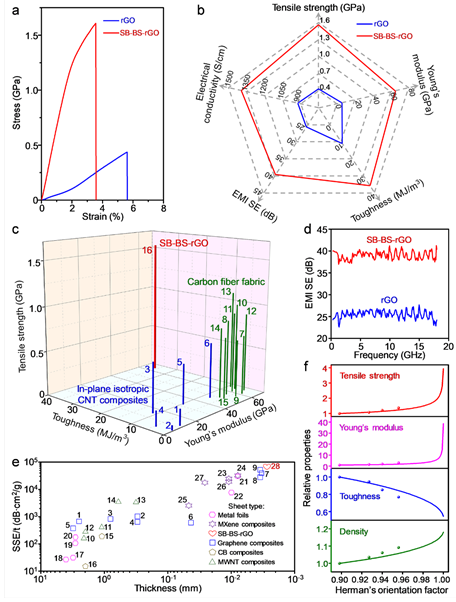
Fig. 3 Properties of a rGO sheet and a SB-BS-rGO sheet
Raman measurements (Figs. 4a and 4b) show that when being stretched, SB-BS-rGO sheets have higher strain-transfer efficiency compared with rGO sheets. Besides, SB-BS-rGO sheets have lower negative thermal expansion (Fig. 4c) and higher stress relaxation ability (Fig. 4d) than rGO sheets because of the high-alignment and high-compactness structure and strong inter-platelet interactions of SB-BS-rGO sheets.
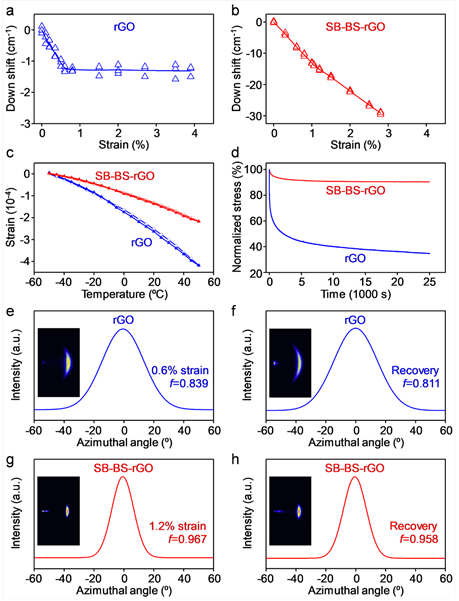
Fig. 4 Raman, thermal expansion, stress relaxation and X-ray diffraction data for a rGO sheet and a SB-BS-rGO sheet
The researchers further confirmed that overlapped and laminated SB-BS-rGO sheets that are bonded by trace epoxy resin maintain remarkable mechanical and electric performance (Figs.5a-c). Using the GO reduction and bridging methods, as well as doctor blade (DB) casting, large-area SB-BS-rGO sheets were made(Figs. 5d-g). This demonstrates that the SB-BS-rGO sheets probably should be scalable without appreciably sacrificing performance, which provides the possibility for the large-scale commercial application of high-performance graphene sheets in the future.

Fig. 5 Mechanical and electrical properties of overlapped and laminated SB-BS-rGO sheets and SB-BS-rGO (DB) sheets made by DB casting
This work was supported by the Excellent Young Scientist Foundation of NSFC, the National Natural Science Foundation of China, Newton Advanced Fellowship, Beijing Natural Science Foundation, the National Postdoctoral Programme for Innovative Talents, the China Postdoctoral Science Foundation, the 111 Project, etc.
More information of the article:
https://www.nature.com/articles/s41563-020-00892-2
Webpage of Professor Cheng Qunfeng’s research group:
Reported by Chen Jing
Reviewed by Liu Mingjie
Edited by Jia Aiping
Translated by Li Xueru and Lyu Xingyun

